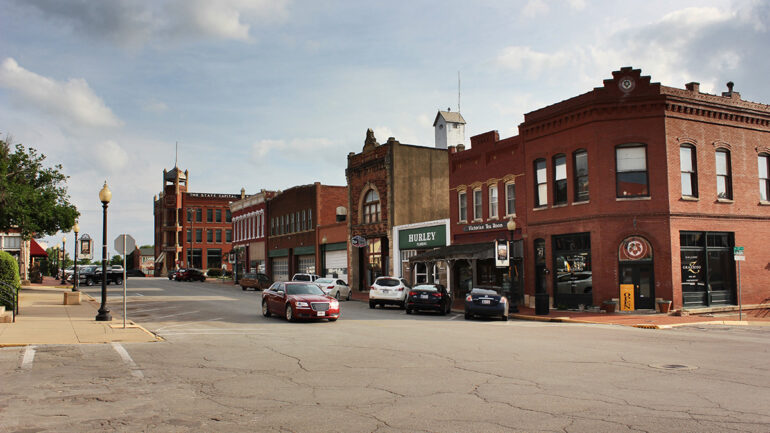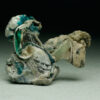Since 2009, many central U.S. residents have faced increasing earthquake activity. Research has suggested that these tremors are linked to wastewater injection into deep wells by oil and gas companies. However, the precise dynamics of these earthquakes are still being revealed.
To shed new light, Pennington et al. investigate the characteristics of a Mw 4.0 earthquake that shook Guthrie, Okla., in 2015. This quake was the largest in a series of earthquakes near Guthrie that were triggered by wastewater injection in the region.
The researchers used seismic data to computationally invert for the precise locations of slip along the fault during the earthquake. In addition, they compared slip dynamics of the Guthrie quake with those of several other earthquakes of similar size that occurred along active or reactivated faults in North America and East Asia.
They found that the Mw 4.0 Guthrie earthquake had a complex rupture pattern featuring four distinct patches along the fault where slip took place, similar to patterns seen for earthquakes along other reactivated faults. In contrast, earthquakes along active faults showed more diffuse slip patterns.
The findings suggest that the slip dynamics of the Mw 4.0 Guthrie earthquake resulted from nonuniform stress and strength conditions that were present prior to the quake. Changes in pore pressure caused by wastewater injection likely enhanced these initial conditions. However, the fault’s structure likely drove the distinctive slip pattern, with pore pressure playing a secondary role.
These results could help guide further research into the dynamics of reactivated faults, and they could help inform earthquake hazard modeling.
The research was published in the Journal of Geophysical Research: Solid Earth.
More information:
Colin N. Pennington et al, Slip Characteristics of Induced Earthquakes: Insights From the 2015 M w 4.0 Guthrie, Oklahoma Earthquake, Journal of Geophysical Research: Solid Earth (2022). DOI: 10.1029/2021JB023564
Provided by
American Geophysical Union
This story is republished courtesy of Eos, hosted by the American Geophysical Union. Read the original story here.
Citation:
Understanding earthquakes triggered by wastewater injection (2022, June 28)



